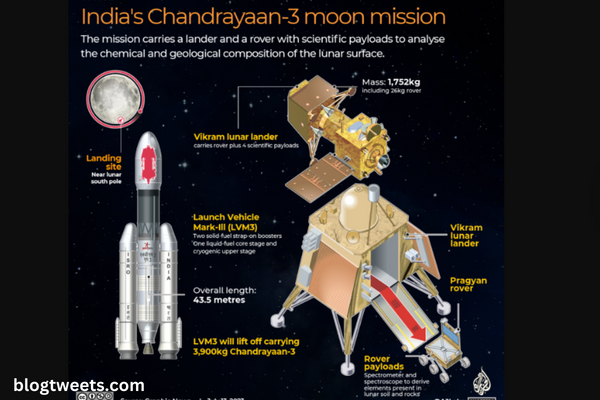The brown coal area of eastern Germany tries to go green

The project will eventually replace the expansive coal pits of the Lusatia region with a 200 million euro ($218 million) facility to store wind and solar energy, according to LEAG, a mining and power business controlled by the Czech Republic.
FORST: Plans to construct the nation’s largest battery park at the site of Boxberg, a communist-era coal-fired power station on the Polish border, could give Eastern Germany’s historic mining region a new lease of life.
The initiatives represent the government of Chancellor Olaf Scholz’s push to move faster than the previously set goal of 2038 towards a carbon-neutral economy by 2030.
But in an area that is still dubious about the transition’s social and ecological effects as well as the technological obstacles to be overcome, efforts to hasten the changeover are met with a mixed response.
The atmosphere in Lusatia is reflective of a larger uneasiness with Germany’s green policies, which is driving support for the anti-establishment AfD party to all-time highs, especially in the east where it is on track to win three state elections next year.
.
The plans serve as a symbol of the administration of Chancellor Olaf Scholz’s push to hasten the phase-out of coal power and transition to a carbon-neutral economy by 2030 rather than the originally planned deadline of 2038.
However, the transition and initiatives to hasten it receive a mixed reception in a region that continues to be apprehensive about its social and ecological impact and the technological obstacles to be overcome.
The atmosphere in Lusatia reflects a larger uneasiness with Germany’s green policies, which is driving support for the anti-establishment AfD party to all-time highs, especially in the east where it is on track to win three state elections next year.
The leader of the IG BCE union in Lusatia, Ute Liebsch, worries that the rapid demise of coal may result in more young people leaving, similar to the unrest that preceded Germany’s reunification in 1990.
“This would hurt twice as much as it did back then. People should remain here, Liebsch added.
In an effort to draw young professionals to the region, which spans the states of Brandenburg and Saxony and has normally lower salaries than the national average, a campaign with the tagline “Awesome Lusatia” has been started.
“We must make significant improvements to Lusatia’s image… Knut Abraham, a conservative politician from the area, cited unfavourable preconceptions of unemployment and drug usage as examples of strong prejudices held by the rest of Germany.
“The probability that the AfD will win this constituency is 93%… Any uncertainty among people helps the AfD,” Abraham asserted, adding that he believed the AfD’s anti-immigration, anti-European agenda might harm the region’s ability to draw the investors, students, and professionals it so sorely needs.
WORK AND EDUCATION
Another issue is what will happen to the tens of thousands of mining jobs that will eventually go. By 2030, many of LEAG’s 8,000 coal employees are anticipated to retire or pursue new careers in renewable energy.
However, according to Liebsch, the retraining is not occurring quickly enough.
According to a poll conducted by broadcaster rbb in May, only 18% of residents think politicians are doing enough to mitigate the effects of the phase-out of coal, and 70% are concerned that electricity prices may rise.
Therefore, local officials are resisting the speed of transition even though green activists have organised monthly protests in Lusatia seeking an exit from coal and proponents urge a 2030 phaseout citing rising global temperatures.
According to Christine Herntier, mayor of the town of Spremberg, “the coal phase-out can be achieved in 2030 is fundamentally unrealistic.”
In order to press for more demands in the event of a quick exit from coal, Herntier and numerous other mayors from Lusatia have joined forces.
TECHNICAL DIFFICULTIES
According to LEAG, the battery project serves as a model for a green transition.
“The Gigawatt Factory is designed to replace coal- ired power generation in the future, and with the project we want to show that this transformation from coal to renewables is technically possible,” said Rainer Schiller, head of large-scale energy storage for LEAG, to Reuters.
Technical obstacles still exist, and Schiller described the beginning of the batter project as “more or less an experiment” in order to keep energy demands steady while moving from coal to renewable energy.
Water supply is a challenge in the phase-out of coal production since the change is expected to limit the amount of groundwater pumped in the region, which would affect the supply of a developing green hydrogen sector and groundwater that runs through the Spree river to Berlin.
Engineers at Lusatia’s Schwarze Industrial Park are developing a prototype for a green hydrogen plant that will require a steady water supply and have an annual output of 1,000 tonnes.
“The question is how quickly do you shut down the pumps so that the Spree is still sufficiently supplied,” Ben Schueppel, leader of the Reflau hydrogen project, told Reuters.
According to a federal environment agency analysis released in June, the coal withdrawal might, in the worst event, diminish Berlin’s water supply by 75%.
According to Ingolf Arnold, chairman of management organisation Lusatia Water Cluster, “the Spree could become a trickle in some areas during prolonged droughts, with serious consequences for the ecology, the Spreewald, and Berlin’s drinking water supply.”







